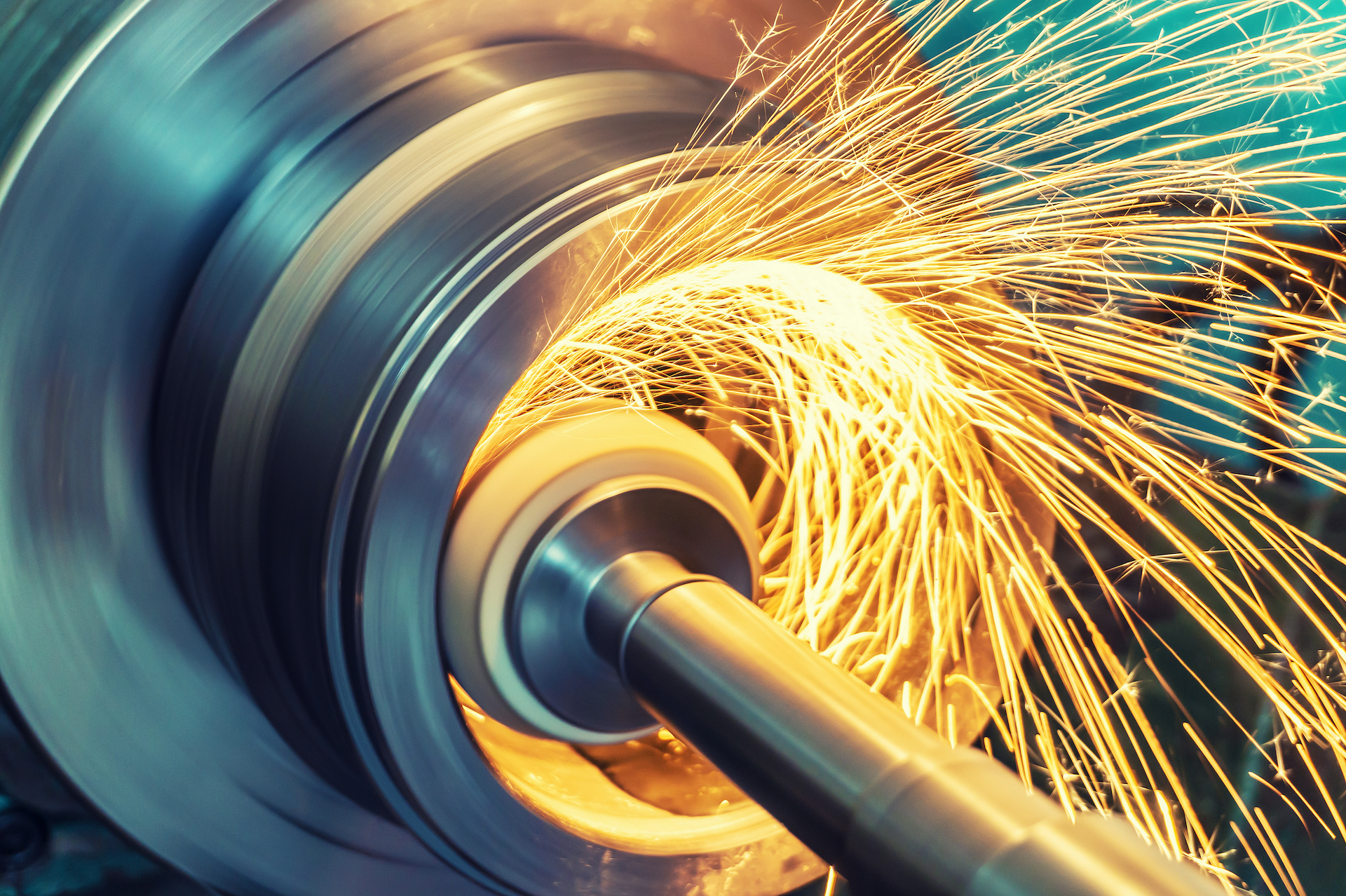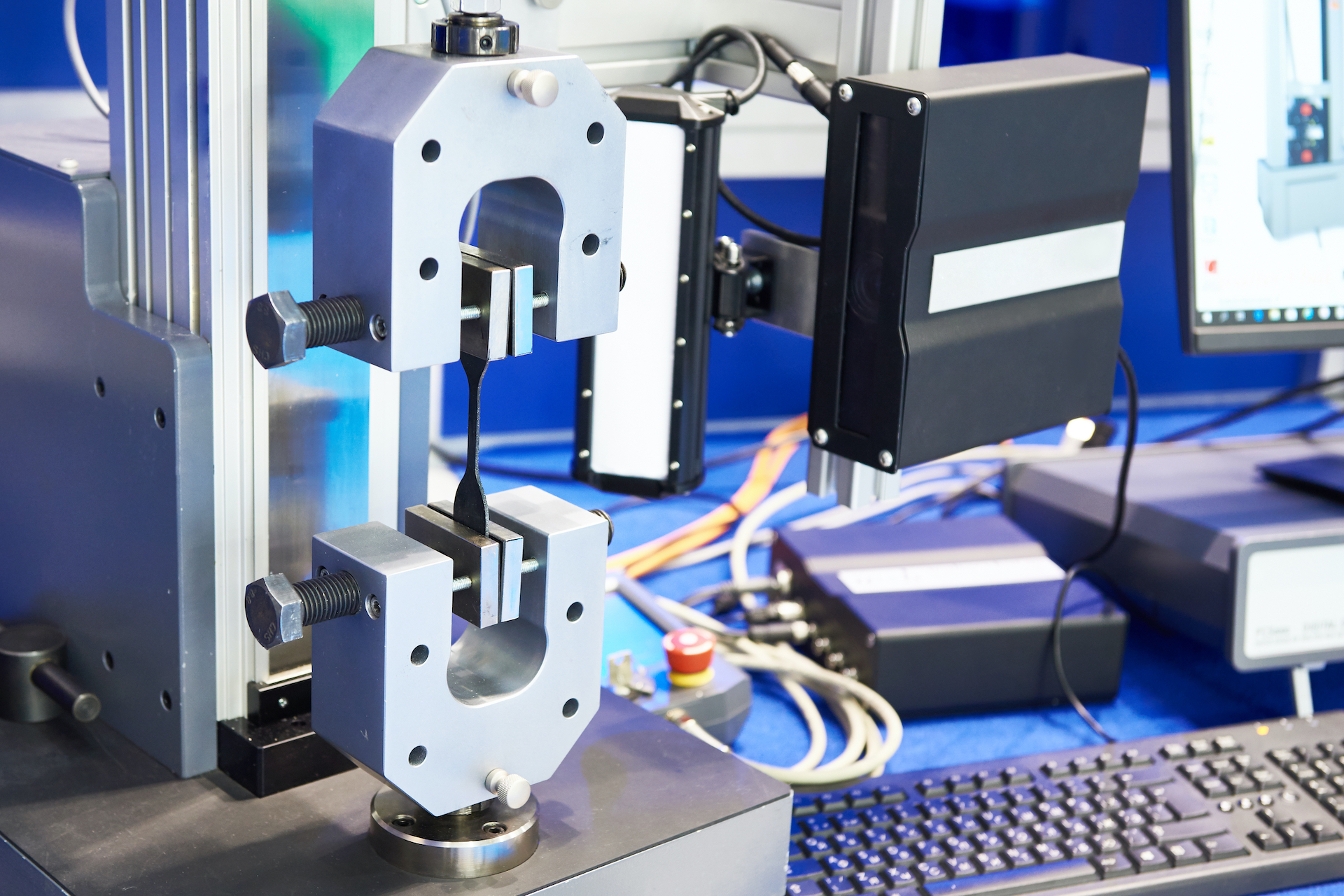
A number of different materials are available for the components of a ball or roller bearing. The proper selection of the bearing material will optimize bearing performance and operating life. In this technical article, AST examines the materials most commonly used and why.
Bearings made of chrome steel — SAE 52100
The most common material used to produce the load-carrying components in precision ball bearings, roller bearings, and tapered
roller bearings is 52100 chrome steel. These components are the bearings’ inner and outer rings, balls, and rollers.
The chemical composition of this steel has high carbon and about 1.5% chromium content. Using controlled processing and heat-treating methods, engineers create finished bearing components that have enough strength to resist cracking and a surface hard enough to resist subsurface rolling contact fatigue.
- Extra clean 52100 chrome steel bearings
The raw steel used to produce high-precision miniature bearings is processed with additional melting steps. The result is a type of steel with a uniform fine grain material structure; the bearing contact surfaces can be super finished very smooth so the bearing is quiet.
The most common heat-treating method for chrome steel is to thru harden the steel in a controlled atmosphere furnace. Bearings manufactured from chrome steel can operate at continuous temperatures up to 120°C.

- Bearings made of stainless steels
Stainless steel materials are used to make bearing components because it is more resistant to surface corrosion due to the higher content of chromium (~18%) with the addition of nickel. The chromium reacts with oxygen to form a layer of chromium oxide on the surface, creating a passive film.
- Martensitic stainless steel bearings — AISI 440C
The carbon content in 400 series stainless steels is high enough to be hardened using standard heat-treating methods up to Rc58. With lower hardness, the load-carrying capacity is 20% lower in bearings made from this material than with 52100 chrome steel bearings. The level of carbon content means the components are magnetic.
- Martensitic stainless steel bearings — ACD34 / KS440 / X65Cr13
Many miniature bearing manufacturers make their rings and balls with a stainless steel material with slightly lower carbon and chromium content than AISI 440C, known under several names including ACD34, KS440, and X65Cr13. This material has smaller carbides after the heat treatment, so the bearing will have superior low noise characteristics while offering the same corrosion resistance as 440C.
Martensitic stainless steel can be modified during the processing of the raw steel by lowering the carbon content and introducing nitrogen as an alloying element. The nitrogen increases the saturation of the chromium, which transforms into chromium nitrides instead of chromium carbides. The result is a high strength, high hardness steel with a superior microstructure that extends fatigue life by as much as 100% (double) in certain applications.
- AISI316 austenitic stainless steel bearings
Bearing components made from 300 series stainless steel materials have greater corrosion resistance and are non-magnetic because of the low carbon content. However, the tradeoff is that this material cannot be hardened, so the bearings can only operate under low loads and speeds. The bearing’s surfaces undergo a chemical reaction with the oxygen called a passivation process; the passive film developed on the surface protects the bearing from corrosion.
- Other 300 Series stainless steel used for bearing components
The bearing shields, seal washers, and ball retainers are sometimes made from AISI303 or AISI304 stainless steel because they have moderate corrosion resistance and are better for forming into various shapes.
Learn about the advantages and properties of non-steel bearing materials AST engineers recommend for your next project in How to Choose the Right Bearing Material for the Job – Part 2. Coming March 12, 2021.

